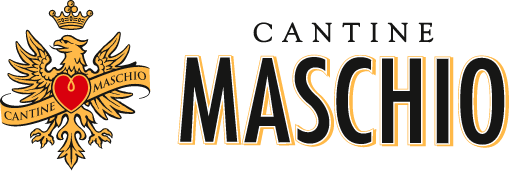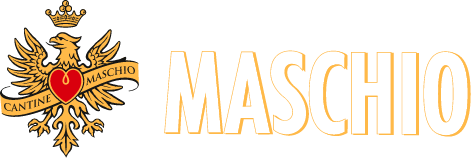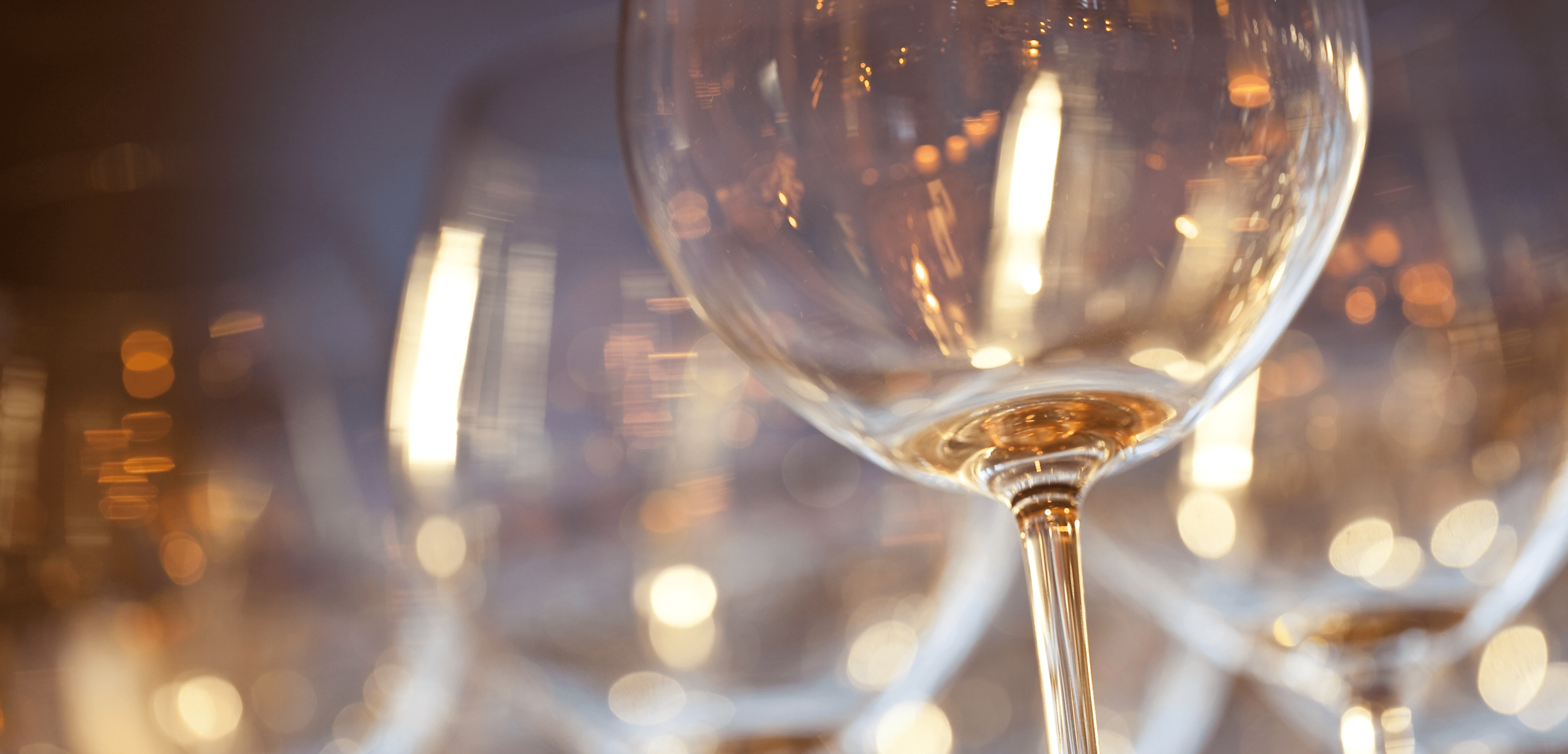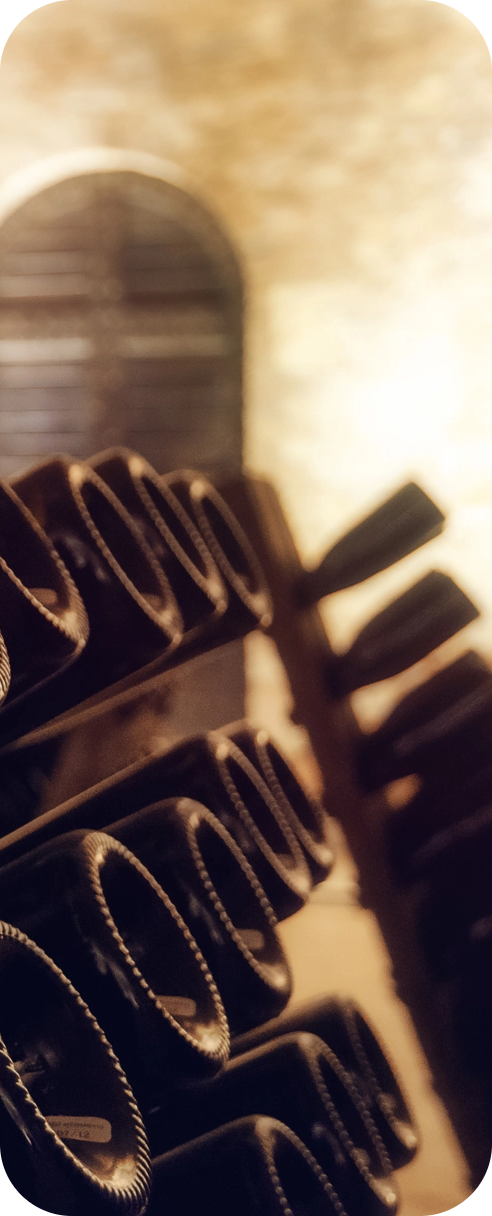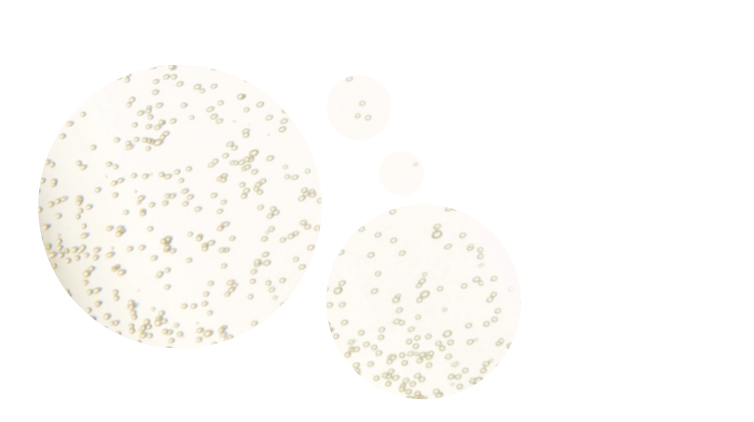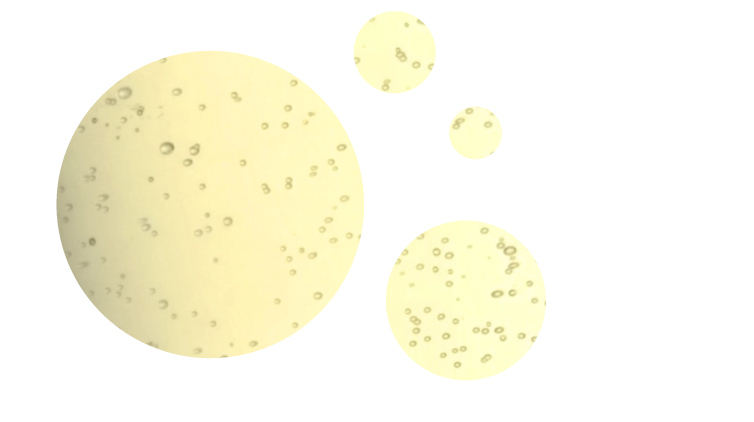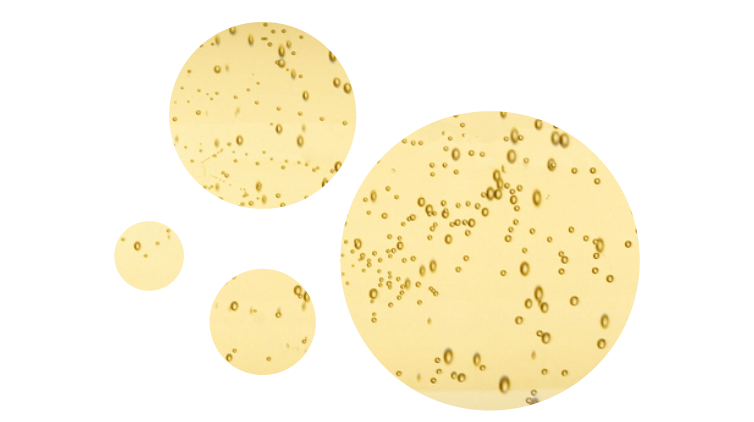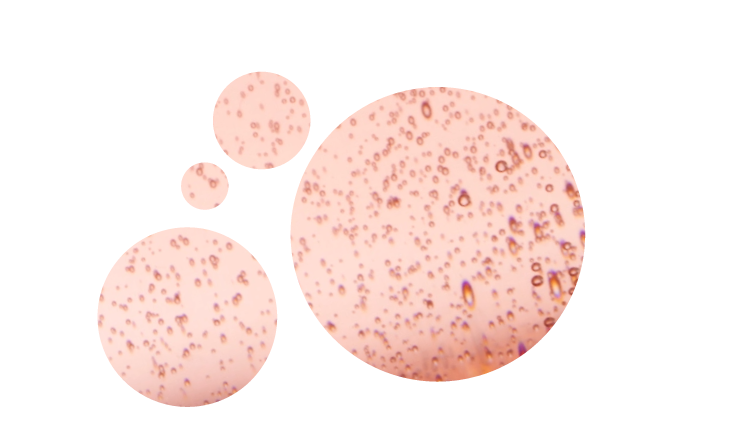The sparkling processes
CLASSIC METHOD
Also known as méthode champenoise, it is a sparkling wine production process which consists in inducing refermentation in the bottle through the introduction of selected sugars and yeasts – the so called liqueur de tirage.
The sparkling wine is then closed with a crown cap for the second fermentation; after the dégorgement – the elimination of the crown cap and the fermentation residues contained in the bidule – the liqueur de expedition is added and the mushroom cork with the metal cage is applied. Thanks to the fermentation, the carbon dioxide produces a pressure inside the bottle which can vary from a minimum of 3 up to a maximum of 6.5 bar.
CHARMAT METHOD
Also called Martinotti method – from the name of the Italian inventor -, it is most known by the name of the French engineer who patented and made it popular. Its peculiarity lies in the refermentation technique, which is carried out in large, closed, pressurized steel containers: the autoclaves. Sugar or must and selected yeasts are added to the base wine, suitably stabilized, and the mixture is then left to ferment again in an autoclave at a controlled temperature of 12-18°C. Once fermentation is complete, the lees are separated by isobaric racking and the sparkling wine is stabilized by refrigeration at -3 or -4°C.


